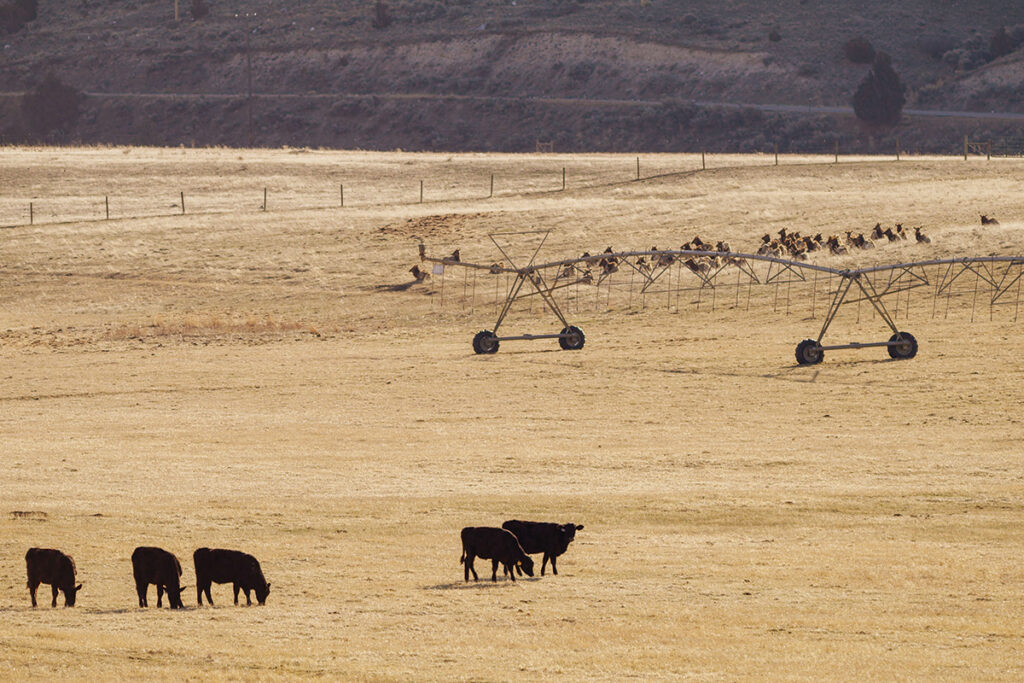This article was originally published in Mountain Journal.
Private landowners are essential partners in land, water, and wildlife conservation. This is the premise of President Biden’s America the Beautiful Initiative and sentiment of global conservation authorities like the International Union for Conservation of Nature. These partnerships are possible only when conservation adds to landowners’ income instead of taking from it. Giving landowners transferable hunting permits is a proven way to see that this happens.
A recent article published in the Mountain Journal ignores this fact while distorting our research on transferable landowner hunting permits. In our recent PERC policy report, we support the concept of transferable landowner hunting permits because, when structured right, they can encourage conservation on private lands—especially rangelands, which are underrepresented in our conservation areas and increasingly vulnerable to development.It is impossible to conserve elk, wolves, grizzly bears, and other species without private lands and the people who steward them. Here in the Greater Yellowstone Ecosystem 68 percent of the land is public, but the 32 percent that is private provides a significant share of important habitats like winter range, migration and dispersal routes, and cover.
For example, elk migrating out of Yellowstone spend up to 80 percent of the winter on private lands. One-fifth of the distribution of Yellowstone cutthroat trout is found in waters flowing through private lands. Private lands also contain 93 percent of the region’s important bird habitat.
The lower elevations and higher productivity of vegetation on private lands make them hotspots of biodiversity, so weaving them into any serious conservation effort is essential. Unfortunately, these lands are increasingly vulnerable to development as commodity markets change and more people move to Montana. Most farmers and ranchers don’t want to sell to developers, but many have few other options as making a living in agriculture becomes more difficult.
At the same time, the presence of wildlife can increase the costs shouldered by landowners. Losses of cows and sheep to wolves and grizzlies are well known. Less well known are the financial losses incurred when elk and deer eat forage meant for cattle and damage fencing. Elk also bring the risk of brucellosis, a brutal disease that makes cattle abort their young and requires a quarantine that can cost ranchers an estimated $140,000 per herd. Too often, public-access programs don’t offset these costs. Access becomes one more thing landowners have to manage and payments from the state don’t cover the time and energy needed to do so. All of these things steadily cut into livelihoods and make cashing out all the more attractive.
If we are serious about conserving Montana’s wildlife then we need to give landowners better options and bigger opportunities for conservation to pay. One option is to follow the lead of the seven western states that give landowners transferable hunting permits, which can be sold directly to hunters or brokered through outfitters.
Montana is changing, and it needs new policy tools to conserve the natural wonders that make it The Last Best Place. Giving private landowners the opportunity to turn the presence of wildlife from a financial liability into a financial asset has a successful track record of delivering the kind of conservation Montana needs right now. Transferable hunting tags can help achieve this and are worth discussing.





